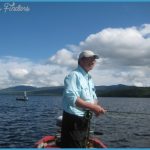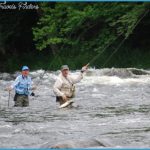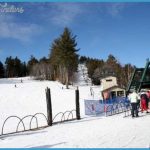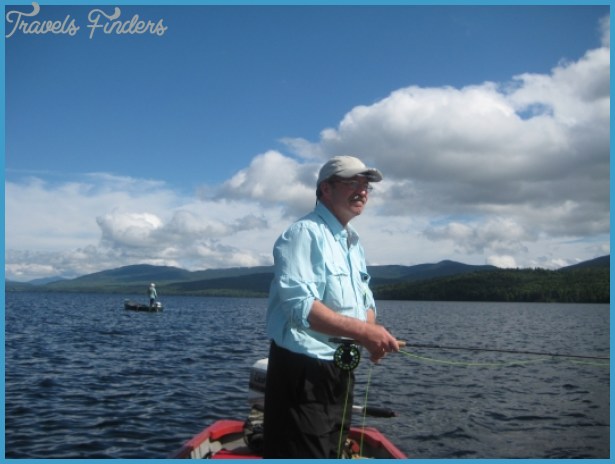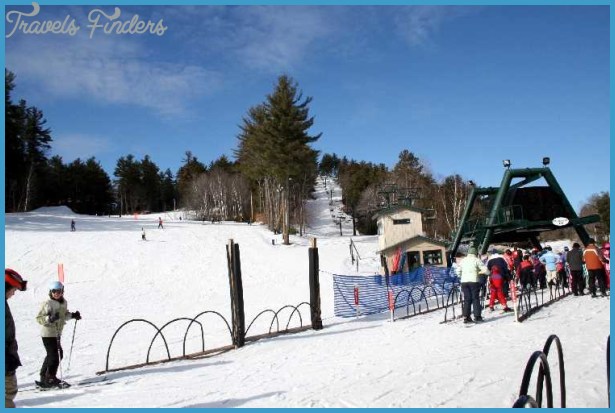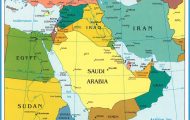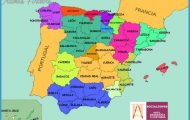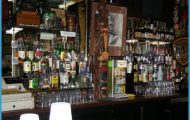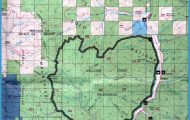Key Species: brown trout, brook trout, landlocked salmon
Best Way to Fish: wading
Best Time to Fish: May and June
MAG: 2, A-2
After reading the above at-a-glance information, you can see that the Little Ossippee River contains brown trout, brook trout, and landlocked salmon, that it is best fished by wading, that the best times to go there are from May through June, and that it can be seen on Map 2 of the MAG. Note that the MAG references are often approximate. Not all sites fall on the confluence lines between the numbers and letters given.
The Description contains general information about the site and will include special features and interesting local attractions. More in-depth information on how a site may best be fished will be listed in this section, including if a canoe is better for the site, if a motorboat is needed, if any navigational hazards are present, if wading is possible, and so on. Campgrounds and primitive campsites are often found at or near the site and these will be listed in this section.
The Fishing index is designed to impart the information you will need in order to be successful at any given site. If any special technique or method is recommended in addition to that contained in the technique and tackle sections of the Species descriptions, it will be noted. Best times to fish for certain species will be given as well as safety tips (for instance, some lakes are prone to high winds and unsafe boating conditions). The best times, as suggested here, are always subject to change because of unusual climatic conditions. For instance, a late spring might mean that a stream that is usually good around the beginning of May might not be fishable until the end of the month.
The fishing index also suggests the best places to begin fishing. These are only suggestions and are certainly not the only places where you can expect success. If the fish are not biting, you must be willing to do some exploring yourself. The more familiar you become with Maine lakes, streams, and ponds, the better able you will be to read the water and anticipate where the fish will be holding at any particular time.
Directions are given from the nearest major highway or population center. In cases where the site is in a remote area, a map is provided. When possible, directions are given to a Maine Department of Inland Fisheries & Wildlife boat ramp. If other boat ramps are present, they will be mentioned as well.
Site maps are included for sites that are remote and difficult to find and for sites where the text requires the support of a visual aid in order to be more easily understood.
The locator maps are broken down into regions and are intended to give you an idea of where the various sites are in relation to each other and in relation to major highways and population centers. You should use the locator maps in conjunction with other reference material, such as the MAG.
The state map shows all sites on a statewide basis.
For more information. This section provides additional sources of information about the site. Addresses and phone numbers for these sources are listed in the appendix. Some sites are miles from any population center, and seasonal or specific information is scanty. Some sites are far away from any tackle or outdoor stores. In these cases, you can always write the Maine Department of Inland Fisheries & Wildlife, at 284 State Street, 41 State House Station, Augusta, ME 04333-0041, or call the regional headquarters at the numbers listed in the back of the Open Water Fishing Regulations booklet.

